So You Want to Have Live Music at Your Venue?
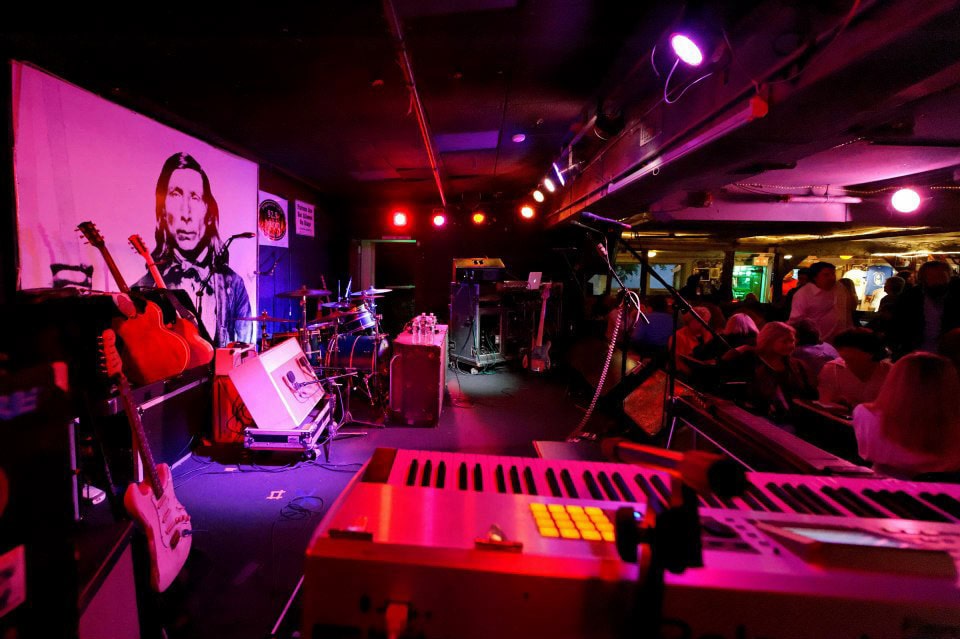
Live music has an undeniable pull. According to Goldman Sachs, live music revenue is set to grow 10% YoY to $38.2B. Live Music creates an atmosphere that energizes your guests, keeps them in your venue longer, and makes them want to come back. Whether you’re running a restaurant, bar, nightclub, or multi-purpose event space, offering live music can elevate your brand and differentiate your venue from competitors when done right.
But many operators underestimate what it really takes to host live music. Unlike a DJ performance or background playlist, live musicians bring complexity: multiple instruments, microphones, sound reinforcement, monitoring, acoustics, and—critically—the expertise of a trained sound engineer. Not only that, but they also underestimate the strategic value of Live Music capabilities and what a business asset and revenue machine it can become.
This article is a comprehensive guide to help hospitality professionals understand what’s required to create a successful live music program. We’ll cover the technical infrastructure, the guest experience, and the business implications, so you can decide whether live music is the right investment for your venue.
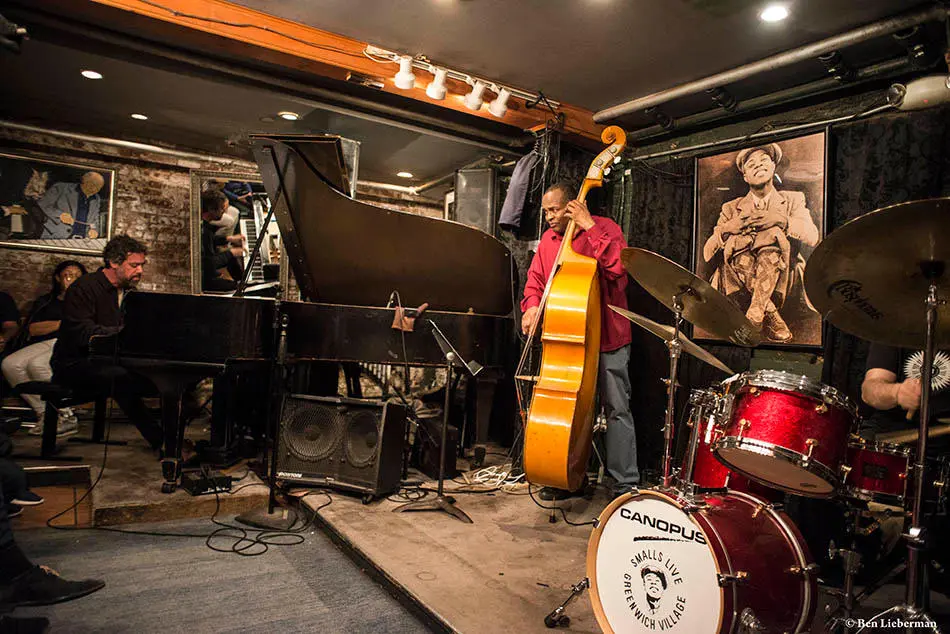
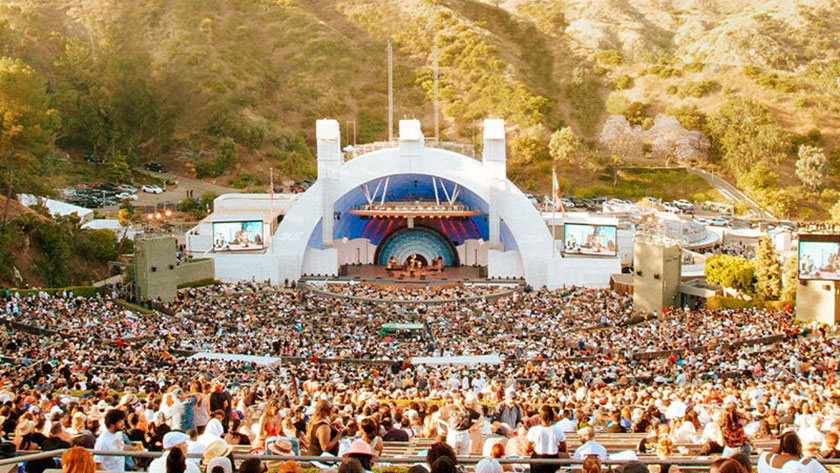
What does "Live Music" Actually Mean?
When we say “live music,” we mean real-time performance. Musicians perform vocals, instruments, or effects right in front of your guests. This is not a pre-recorded playlist or a DJ set—although DJs can be artists in their own right, their needs are different.
Live music introduces variables that don’t exist in canned music playback:
- Dynamic volume changes (vocals, drums, horns, electric guitars)
- Multiple sound sources needing balance
- Acoustic challenges based on your room size, ceiling height, and layout
Interaction between performers and audience—energy that builds with proper amplification
If your goal is to impress wedding guests, host a jazz trio in your lounge, or bring in a full band for a Saturday night crowd, the infrastructure required changes dramatically depending on the scale.
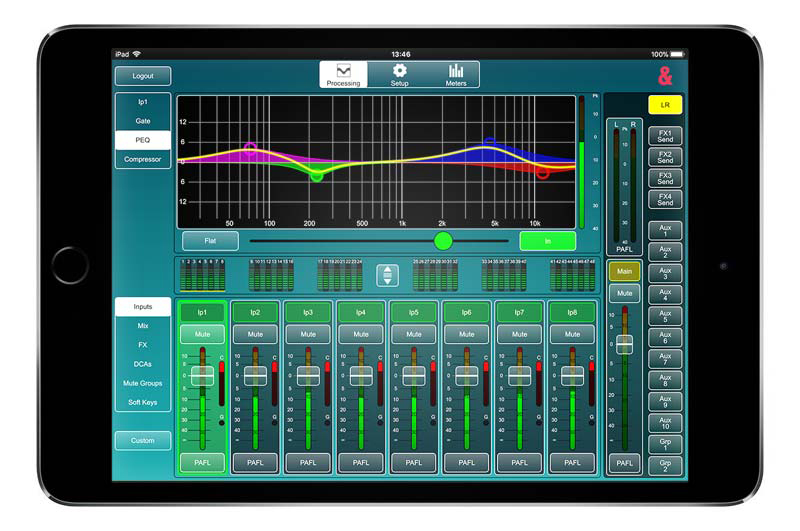
The Role of Amplification
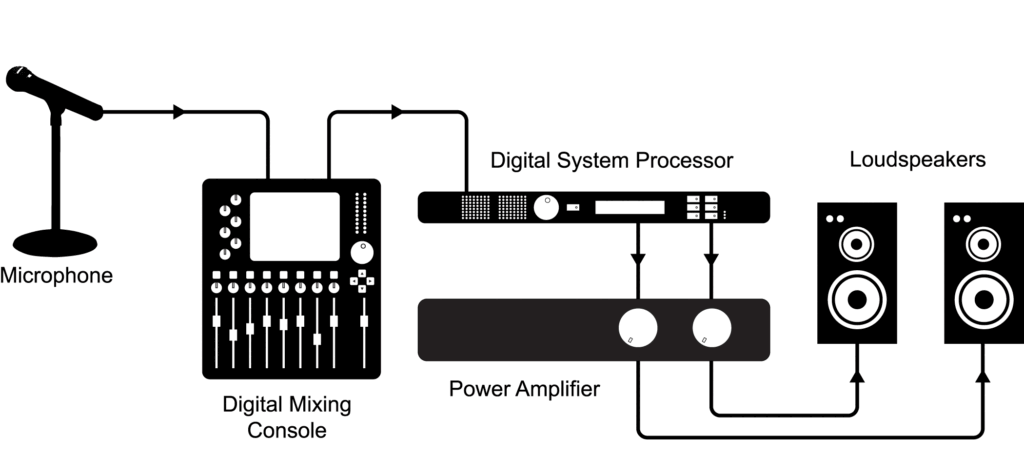
Sound is bound by the law of physics – see inverse square law – so the people in the back need to be able to hear too!
Amplification ensures that every guest—whether sitting two feet or fifty feet from the stage—experiences clear, balanced sound.
- In a small restaurant with a singer and acoustic guitar, amplification may be minimal.
- In a medium-sized bar with 150 patrons, sound reinforcement is essential to prevent uneven coverage.
- In a nightclub or large event space, a full sound system designed for live performance is non-negotiable.
Some musicians bring their own guitar or bass amplifiers, but these don’t cover vocals, drums, or overall balance. To create a professional experience, the venue should supply the main reinforcement system. This signals professionalism, consistency, and care for both performers and guests.
The Live Sound Signal Chain
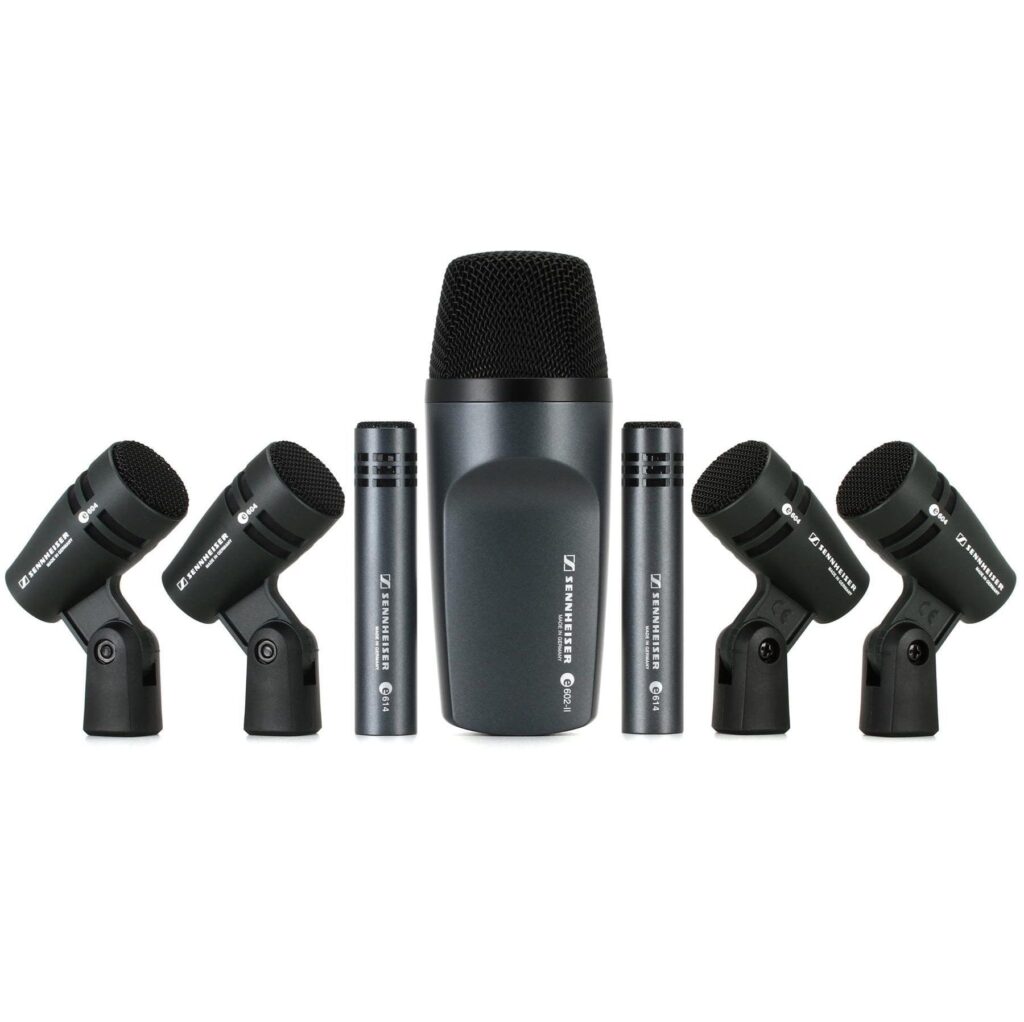
At the heart of live music is the signal chain—how sound travels from the performer’s instrument or voice to your guests’ ears. Here’s the simplified breakdown:
- Microphones
- Capture each instrument or voice. A common misconception is that each band member needs just one microphone.
- A drum kit alone may require 3-4 Mics for Jazz, 7-8 Mics for Rock, and for a full-blown professional touring group, 10+(Kick in, Kick out, Snare top, Snare bottom, Hi-hat, Rack toms, Floor toms, Overheads [L+R], even a Vocal)
- How many? A small jazz trio may need 3–5; a rock band could need 12–20.
- Types matter: dynamic mics for drums, condenser mics for vocals, specialty mics for instruments.
- Capture each instrument or voice. A common misconception is that each band member needs just one microphone.
- Cables & Stage Boxes
- Microphones connect via XLR cables to a stage box or directly to the mixing console. They may also need a ‘DI’ box in between.
- Modern venues often use digital stage boxes connected via Cat6 or Cat5e network cables for cleaner setups and longer runs.
- The number and type of Stage Boxes may be determined by the greatest number of potential Microphones, for example 18 Microphones may require two 16 input stage boxes, bringing total capacity to 32.
- Preamps
- Each microphone signal must be boosted and conditioned before mixing.
- Mixing Console
- The Front of House (FOH) console is where a sound engineer balances every signal.
- Most venues today use digital mixing consoles, which provide flexibility, recallable settings, and built-in processing.
- Processing & Dynamics
- The engineer uses tools like EQ, compression, and gating to shape the sound.
- The goal: prevent feedback, avoid distortion, and make each instrument audible without muddiness.
- Amplifiers & Loudspeakers
- The console output is sent to amplifiers (which may include built-in DSP) and then to loudspeakers positioned for even audience coverage.
- Monitors
- Performers need to hear themselves.
- Monitors can be floor wedges or in-ear monitor (IEM) systems.
- Monitor mixes are often separate from what the audience hears.
This chain must be designed around your venue’s geometry—the size, layout, and intended audience capacity.
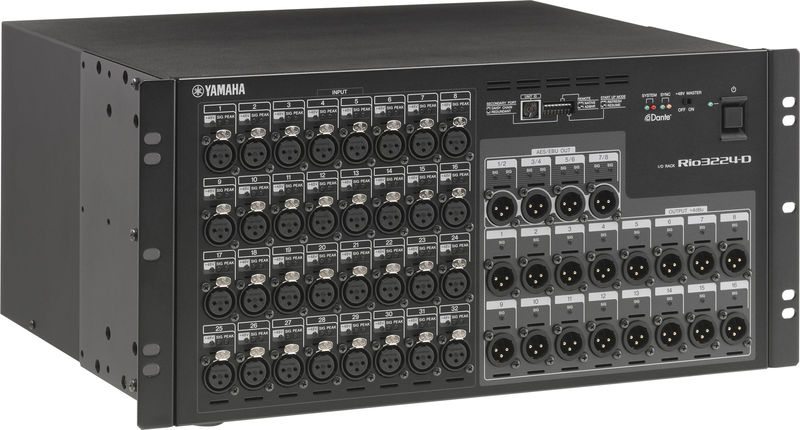
Why a Sound Engineer Is Essential
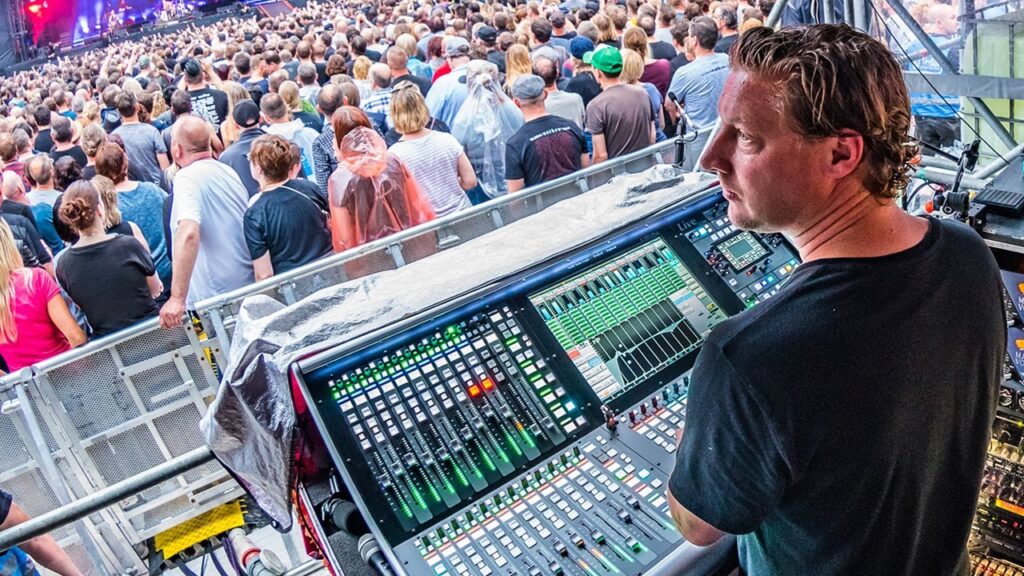
Is Live Music ever really plug and play? Answer: “Not really”.
Why? Because every room, every band, every microphone, ever day, every audience is a bit different. Live Sound capture is an art and a science, to preset and fix 100% of a Live Music production leaves a lot of quality on the table.
You can buy the best microphones and speakers in the world, but without a trained sound engineer, your show will fail.
The engineer:
- Mixes live instruments in real time.
- Adjusts volume and EQ for clarity.
- Prevents ear-piercing feedback.
- Tune the system to the room (compensating for reflective walls, high ceilings, or dead spots).
- Ensures consistency from soundcheck to encore.
A bad mix frustrates musicians and drives guests away. A great mix makes your venue a place musicians want to play and audiences want to return to.
The Performer’s Perspective: Monitoring
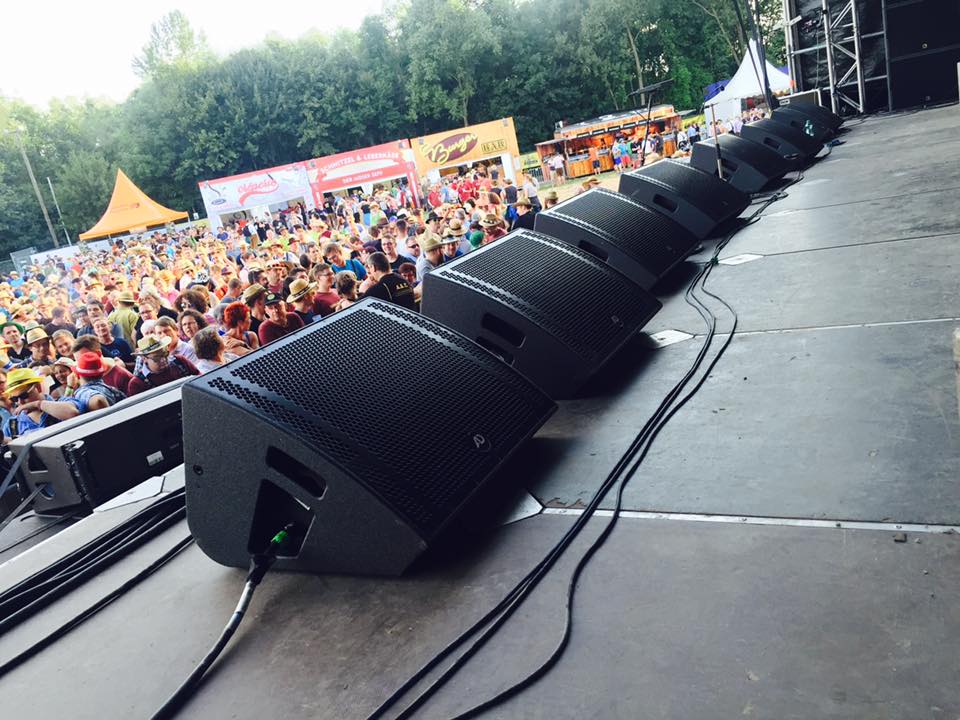
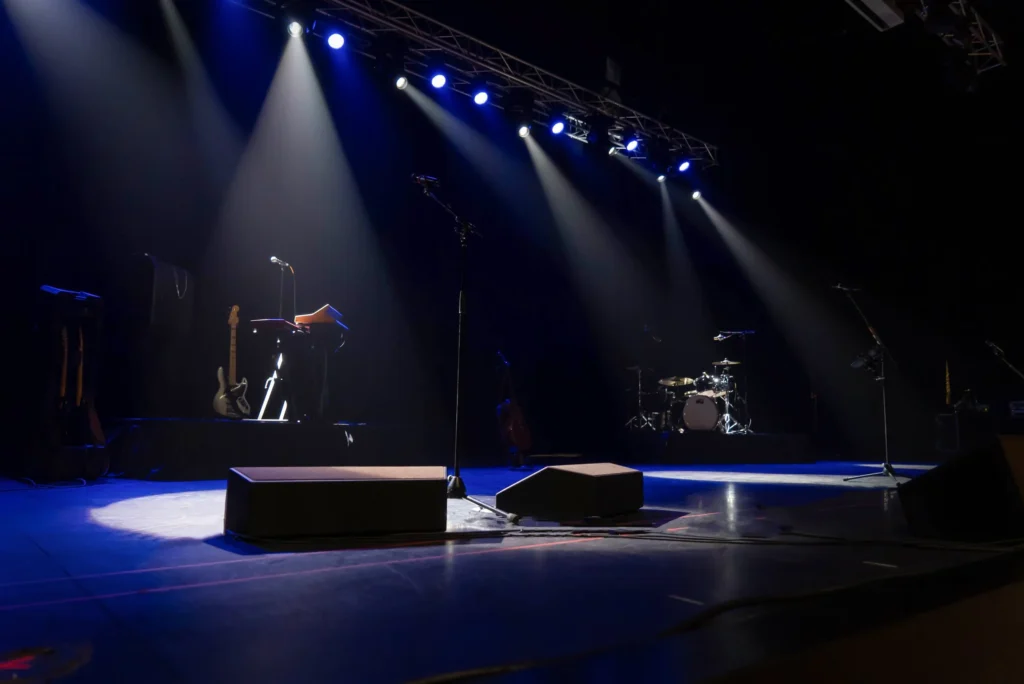
Musicians need to hear themselves and each other. Without monitors:
- Singers can’t stay in tune.
- Drummers can overpower quieter instruments.
- Timing and cohesion suffer.
Providing reliable monitors—and a monitor mix engineer for larger acts—is critical. Musicians notice when a venue invests in proper monitoring, and it often determines whether they accept a return booking.
What If a Venue Has None of This?
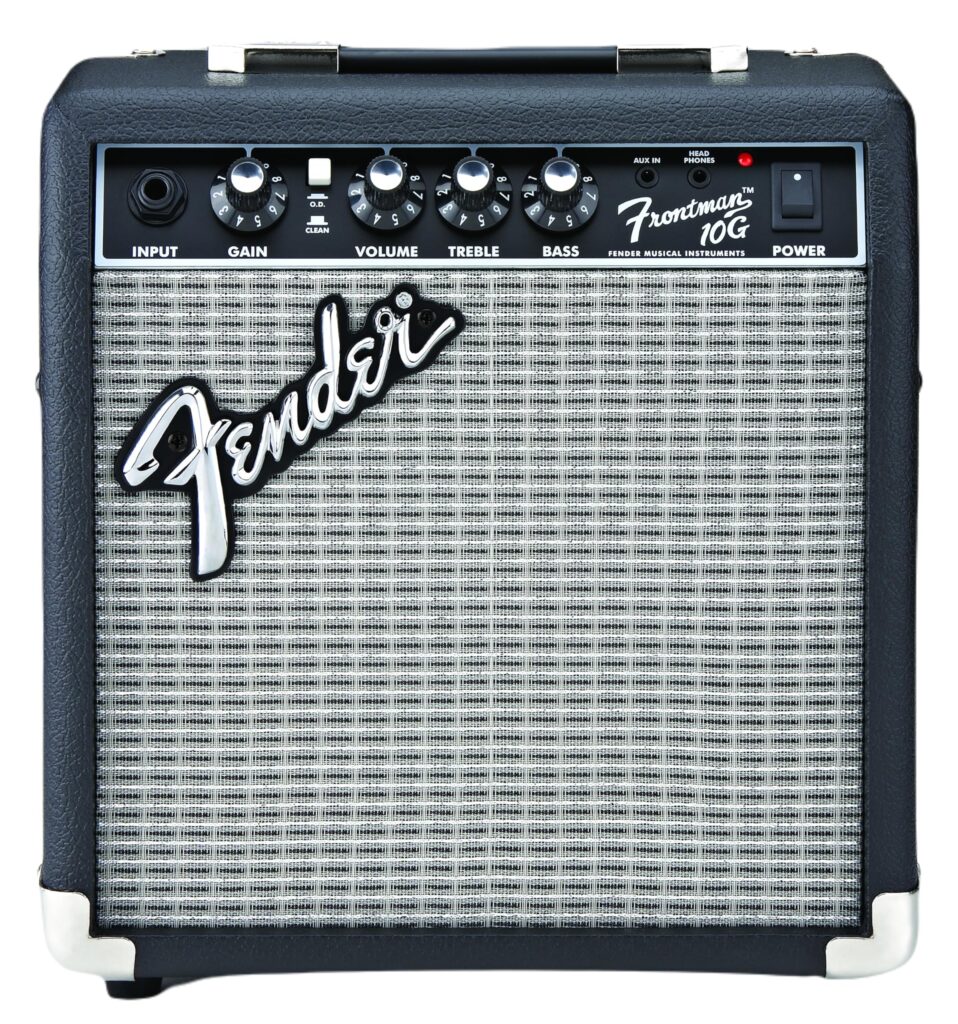
Let’s imagine a scenario:
A corporate client books your restaurant for an awards ceremony with a live band. You have no microphones, no mixing console, and no speakers designed for live music. The band brings a few small amps and a vocal mic.
- Guests at the front can hear, but those in the back hear a muddy mess.
- Feedback squeals embarrass everyone.
- The client is disappointed—and may not rebook.
Worse: talented musicians may avoid your venue entirely, knowing they can’t perform at their best.
The cost isn’t just technical—it’s reputational. In the hospitality world, reputation equals revenue.
If you expect a band to bring all of this gear, they will most likely charge your venue for the logistics and gear rental. Monitors, Mixing Console, Cabling, Microphones are all large, heavy, and costly.
Paying these costs weekly will quickly surpass an upfront investment, and it will require more time for soundcheck, longer hours for Sound Engineers, and a less stable product day in and day out.
The Business Case for Investing in Live Music Infrastructure
How can Live Music actually help your business?
- Drawing New Customers to your venue and hospitality.
- Giving Existing Customers reasons to return – often
- Ticket Sales
- Venue Buyouts and Competitive differentiation
- Corporate Sponsorships and Even Series
- Broadcast Opportunities and increased Visisbility
- Cross-rentable Assets (don’t hog all of that great backline gear and pro-audio signal chain to yourself! Let it be rented on off-nights to other venues that missed out on an opportunity to build it right from the start
- Assess Your Space
- Room size, capacity, and ceiling height matter.
- Hire an acoustics consultant if possible.
- Start with the Basics
- At least 16 microphone channels.
- A digital mixing console with built-in processing.
- Stage box and Cat6 cabling for flexibility if the FOH position is far from Stage
- Loudspeakers designed for live reinforcement, not just background music.
- Don’t Forget Monitoring
- Provide at least two monitor mixes (more for larger acts).
- Ideally, these monitors should be flexible, so they can be moved around the stage based on the band’s desired position and style.
- Hire or Train Staff
- A dedicated sound engineer is essential. This can be free-lance or third party.
- Cross-train staff for basic troubleshooting.
- Communicate with Musicians
- Provide a “tech spec” in advance: what equipment you have, stage dimensions, and input list.
This professionalism builds trust with performers.
Final Thoughts
Live music is more than “just putting a band in the corner.” It’s an ecosystem of infrastructure, expertise, and hospitality. When done right, it transforms your venue into a cultural destination.
- Guests stay longer.
- Musicians perform at their best.
- Clients book repeat events.
- Setup and breakdown is more rapid and operations more efficient
For restaurants, bars, and multi-use spaces, live music isn’t just entertainment—it’s a strategic investment.
So, if you’re thinking, “We should add live music to our program”—start with the infrastructure. It’s the foundation that turns a good night into an unforgettable one.
